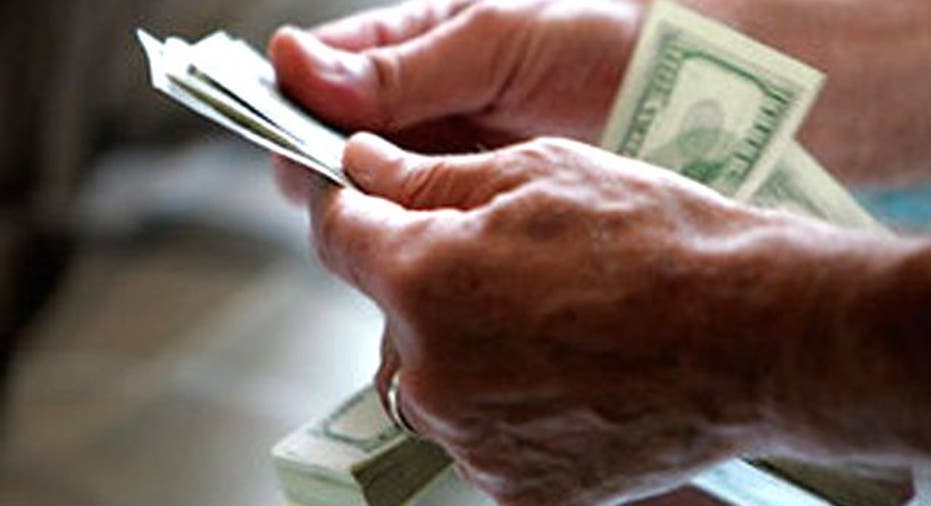Record Low Treasury Yields Bad Sign for Savers

It may seem strange that foreign investors buying U.S. bonds in response to a referendum in a country thousands of miles away could affect your chances of getting a decent interest rate on your savings and CDs. But, in our increasingly connected global economy, that appears to be exactly what's happening.
The 30-year Treasury yield plunged to a record low of 2.098% today before recovering to 2.12%. And the 10-year Treasury, another important benchmark, closed below 1.4% for the first time ever on Tuesday, falling to 1.367%.
The biggest factor in that plunge? The continued fallout from the Brexit vote that marked the beginning of the end for the U.K.'s membership in the European Union, says Lawrence White, professor of economics at New York University's Stern School of Business.
"The rest of the world is nervous. They don't know what's going to happen in Britain. It's probably a recession, but they're not sure what happens in the rest of Europe," White says. "Is this going to start leading to other countries like Italy deciding that they're better off trying to leave the European Union?"
While some global stock indices, including London's FTSE 100 and the U.S. S&P 500, have recovered somewhat from big losses they took immediately after the Brexit results, yields on government bonds have continued to push into record low territory. That's because government bonds, especially U.S. Treasuries, are considered a safe haven by investors worldwide, White says.
"There's a lot of uncertainty and that makes investors -- the capital markets -- nervous, and they run to safety," White says. "And safety, at the moment, is the U.S."
When lots of people buy the same type of security, that pushes prices up, White says, and with bonds, when prices rise, yields fall.
Treasuries & Deposits Intertwined
What do Treasury yields have to do with your deposits? Yields on Treasuries tend to move in the same direction as yields on bank deposits. An analysis of Bankrate and Federal Reserve data shows that the 30-year Treasury constant maturity rate and 5-year CD yields had a correlation of 0.81 (a perfect correlation is 1) over the last 10 years. As long as Treasuries are testing record lows, it's unlikely savers will see yields improve much from where they stand today. The current 5-year CD average is 0.82%, just a few basis points above the all-time lows set in 2013.
Supply and demand are hurting savers in another way as well. With Americans and foreigners alike seeking safety in U.S. banks, they're sitting on a huge glut of deposits that's only going to get bigger in the short term, says White.
With the supply of deposits continuing to outpace banks' demand, the price banks are willing to pay in the form of CD yields and savings yields isn't likely to go significantly higher anytime soon.
RATE SEARCH: Compare money market account rates from multiple banks.
Another Straw On a Very Tired Camel
Brexit obviously isn't the only event that got us here. Rates on deposit products have been setting new lows since the Fed chopped rates to near zero during the financial crisis.
Since then, savers have had to cope with setback after setback as continued economic stagnation in Europe in Japan, a slowdown in China and now Brexit have forced central bankers to maintain a loose monetary policy, undermining interest rates, White says.
When the economic aftershocks of Brexit will cease is anyone's guess, says White. It's basically impossible to know how key factors like the reactions of other EU members or London's real estate market being disconnected from Europe will affect the global economy, White says.
"I don't have enough information -- I don't think anyone has enough information yet -- about how serious that problem could be," White says.
Follow me on Twitter: @claesbell.



















